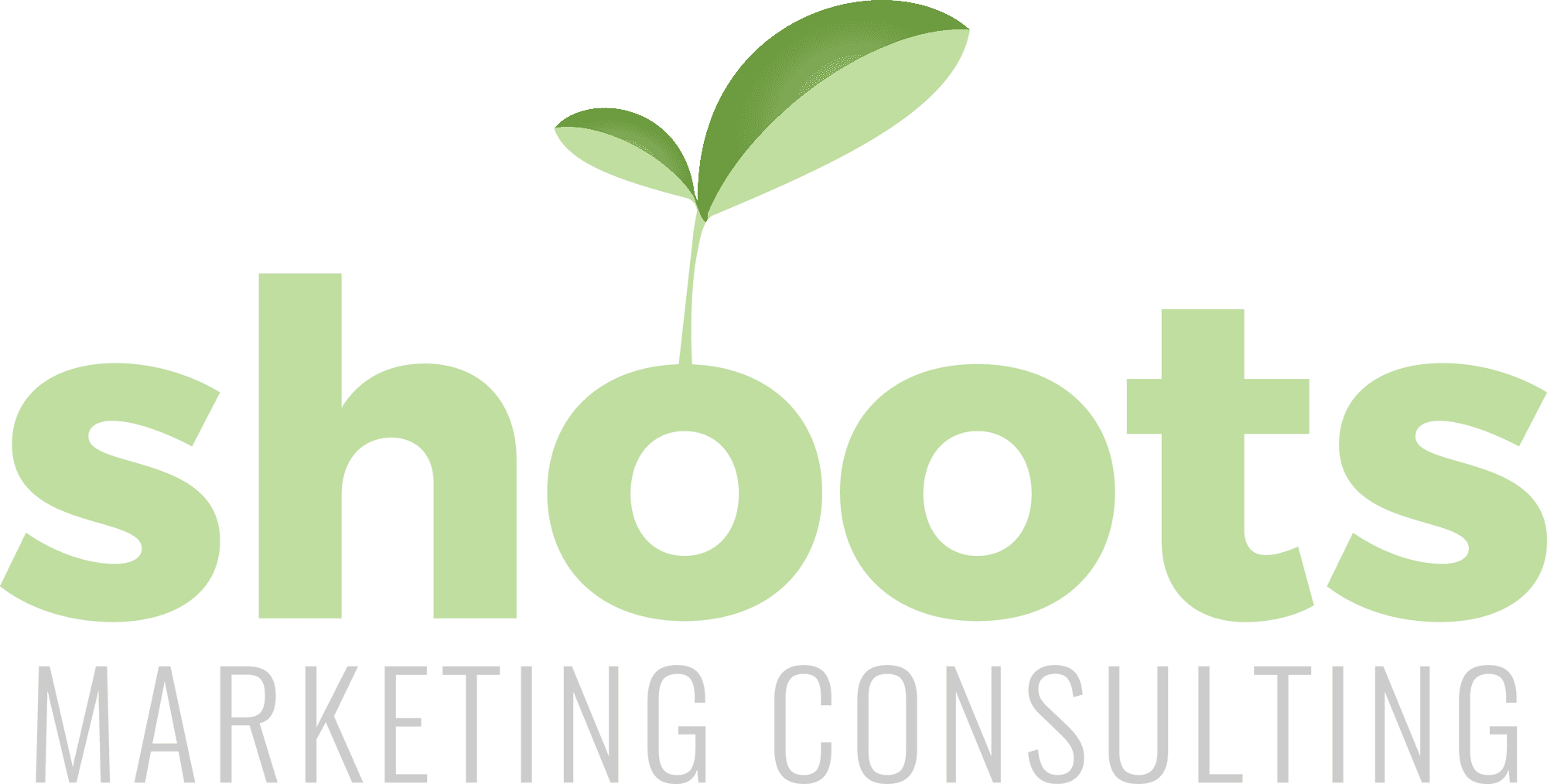Does your website need some TLC?
- by Julia Williams
- •
- 16 Jan, 2018
- •
New year, new website! Spend some time on revamping your website!

It’s the beginning of the year and slowly we’re returning from the beach, shopping centres or social gatherings to our offices – recovering from overeating and sunburns (at least if you’re in Australia).
Maybe you have a lot of work waiting for you, but you might also have some spare time on your hands which you can now dedicate to things that usually get neglected like e.g. reviewing and revamping your website to make sure it is up-to-date and user friendly. Also, as an added bonus, it should increase your Google ranking too! Win-win!
So here are my top tips to review and revamp your website for the new year:
- Think
of the customer!
Try to take a step back and see your website from the perspective of a potential customer. Which problem do they have? Which information are they looking for? Is the information on your website relevant for them? Is it easy for them to find what they are looking for?
Is it easy for them to buy your product, book a session or contact you? Are your contact details clear and obvious on all pages?
Can you entice them to contact you with an offer, promotion or freebie?
When I review my clients’ websites I often find that contact details aren’t obvious and it’s actually hard to figure out how to purchase your product or service.
Make it as easy as possible for them to ensure a good customer experience!
- Refresh
your look!
Is it time to replace some images that don’t look too good anymore? Are they pixelated or simply not getting the message across? Maybe they don’t fit in with your website style anymore?
When you replace them, make sure that the new images are not too big in terms of file size and optimised for online use. Large image files can slow down your website, impact the customer experience and decrease your search engine ranking!
- Refresh
your content!
Add anything that is new and important for your customers. If you have launched a new product or service, make sure this is reflected on your website. Update out-dated information or delete it.
Create or update your very important ‘About’ page. This page gets more attention than you would think and influences the customer’s purchase decision.
Check for broken links – click through every page and clear out as you go. Google doesn’t like broken links at all and Google Analytics will also provide you with tools to check for issues in this area.
- Add
more testimonials!
Testimonials give you a lot of credibility with potential customers, especially if you have a portfolio of great customers or brands and some positive feedback about your work.
If you have a good relationship with your customers, ask them if they wouldn’t mind writing a brief testimonial for you that you can use for your marketing. Most will be happy to help out, but be patient as it might not be at the top of their priority list.
Ideally you can put together testimonials that include full names, photos, images, or even videos from your customers.
Always make sure your customers are happy for you to mention their name and use their photos or logos, though! They might get upset if you don’t check with them first and surely that’s the last thing you’d want.
- Check
your speed!
Have you ever checked your site speed? Load speeds have a real impact on your customer experience, SEO ranking, traffic and sales, particularly on mobile. People quickly get impatient with pages or images that take a long time to load. Don’t lose them because of a technical issue!
You can easily measure your site’s speed and performance using free tools like Google Analytics. (If you haven’t got Google Analytics or a similar tool installed on your website, make this a priority in order to find out more about who is visiting your site, what people are interested in, where you lose them, page speeds, etc.)
If you have a slow site, you need to reconsider elements such as web hosting, optimising image sizes and compressing video/audio files, or consider using a third party service like YouTube. The analytics tools will supply a checklist of more detailed recommendations.
- Become
mobile friendly!
If your website is not already mobile friendly it is high time for you to take care of this! Google and other search engines penalises non-mobile friendly websites in terms of their search engine ranking.
Most importantly: the majority of customers use their smart phones nowadays to visit websites, therefore it is extremely important that your website is optimised for mobile use, looks good and is easy to use.
If you have found these tips useful, but have no time to revamp your website yourself, please feel free to contact us to have a chat about how we can assist.
Are you interested in a conversation about marketing support for your business? Please don’t hesitate to contact Shoots Marketing Consulting on julia@shootsmarketing.com.au or 0447 235 000.

You might be considering trying out social media for your business or you have dabbeled in it, but don’t really know what to post and how? Here is my guide to successful social media posting as a business :
Firstly, why should you be on social media as a business? Well, you might be missing out on an effective way to reach your target audience and build relationships with them. Facebook now has almost 2 billion active users per month globally. More locally, 16 million Australians are now using Facebook on a monthly basis and we’re spending 12.5 hours per week on Facebook alone. That is a lot of users and a lot of time spent on this medium. Why not at least try to engage with potential customers this way?
But before you get ready to post, ask yourself, what your goals are: What do you want to achieve? Is it brand awareness, relationship building, lead capturing, event advertising, a combination of them all? It might make a big difference whether you are looking to build relationships or trying to capture leads as quickly as possible.
Who is your target audience and how can you find them on Facebook? Are they among your family and friends? Are they in certain groups (be careful not to appear to be too “sales-y” in groups, especially if you have just joined them)? Can you reach them via Facebook advertising?
Define your brand personality : do you want to appear friendly, approachable, professional, corporate, as an expert, a mate, … Write in the appropriate tone for your brand personality. Good examples of brand personality would be Origin Energy or Ubank who speak their customers language and therefore appear more approachable: “You’ll …”, “We’ve…”.
Facebook is making it harder to get reach without advertising. Facebook algorithms are limiting your Facebook posts’ visibility – especially if they are too “sales-y”. Try to provide relevant content to get more reach and not be filtered out of the newsfeed.
But what can you write about? Think of potential “ pain points ” your target group(s) might have and show them how you can solve a problem for them. E.g. you are a physio and your potential customers might have a back problem. Share news articles, your own blog posts or videos about how regular exercise can help with strengthening your core muscles and alleviate back pain. Of course include a link to your website so that they can get in touch or read more on your blog. This way you’re adding value, establishing yourself as an expert, and are building and nurturing relationships. Don’t just sell your product or services too obviously unless you have a product launch, promotion or special offer and it might make sense to do so. When people are using social media, they are there to communicate and enjoy interesting social content, not primarily to shop. It’s a bit like going to your mate’s party and only talking about your work and your new product. People will get bored of it pretty quickly and not want to be sold to in a social environment.
Try to engage your audience in a conversation by asking questions like “We absolutely love green this season! What is your hot new colour?” (Sorry, I couldn’t think of a better example…)
Content is king in social media. The more interesting content you can produce and share, the better. This could be anything like a blog post, recipe, interesting fact, photos, podcasts, videos, live videos (the new thing!), etc.
Don’t try to do everything at once. You will quickly get overwhelmed and social media becomes a full-time job. Start with whatever you feel comfortable with, get some experience and then try out anything else that seems interesting. However, be aware that Facebook currently favours videos in the newsfeeds including or particularly live videos, which is their baby.
But what happens if you have a promotion or specific offer you would like to share with potential customers? You could try out Facebook advertising as you can target your ads so that they are shown to the kind of people who might actually turn into customers (e.g. kids clothing ads to mothers of young children, wedding expo ads to people who have recently got engaged, etc.).
Don’t “boost” your posts as this is not targeted and may not reach the right kind of people.
Make sure to use a specific offer rather than just generally advertising your services; this increases the conversion rate significantly.
Whenever appropriate, drive traffic to your website by including links to your website. Keep in mind that the more clicks they have to make, the more people you lose, so the link has to lead to the right page.
Remember to keep it
clean
, be appropriate and in line with your brand personality. When you get
negative comments – unless they are inappropriate, trolling, or discriminating
–try not to just delete them, but try to be polite and deal with them in a
positive manner or just ignore them if there is no point getting into an
argument with the person, as it this could make it worse.
A great saying to think of is “Don’t argue with an idiot. They will drag you
down to their level and beat you with experience.”
And last, but not least, give it a go . You can’t just post once and expect this to make a big difference to your business. Try to commit to posting at least once a week, if not daily and stick with it for a couple of months as a minimum in order to see whether it might work for your business. You will gain more experience along the way, become more confident regarding what to post, find out what people like, learn about your customers, develop ads that work, etc. If you give up after a week, of course you won’t see a difference in your sales. Rome wasn’t built in a day, neither are the “overnight” social media success stories you hear about.
And now, over to you: Go and socialise!
Please share your experiences with social media as a business in the comments below.
If you are interested in a conversation about marketing support for your business, please don’t hesitate to contact Shoots Marketing Consulting on Julia@shootsmarketing.com.au or 0447 235 000 .

So off you go, you put together a website, brochure or flyer describing your great product or service. You go live, distribute the materials, but you don’t get much of a response? What’s going wrong?
Too often in my corporate and consulting career, I have noticed that a simple thing called “call to action” gets forgotten about. It seems so obvious to the business owner or product managers what great features their product has and why people should buy it, but they forget to spell out to the customer what to do next. This is a real shame as it is giving away an opportunity to convert customer interest into sales.
It is relatively easy to fix this, but you have to remember to do this whenever you are creating marketing materials and content. The secret it: Put yourself into the customer’s shoes. What is it you want them to do? Is this obvious to the customer?
Do you want them to contact you? Do you want them to sign up to your e-newsletter? Do you want them to buy a product? Whatever it is, make sure you are saying clearly what the customer should do next.
Here are a few tips for creating a strong “call to action”:
- Spell it out!
Say what it is you want the customer to do next.
- Make sure the “call to action” is easily visible
on the marketing material and no effort is required to find your contact details.
- Use the “KISS” rule
(“Keep it short and simple!”)
- Use quirky wording
to get the customer’s attention such as “Try it, you’ll love it!”.
- Create a sense of urgency
(“Sign up for free now!”).
- Create “call to action” buttons
on your website such as “Start your free trial!”, “Contact us!” or “Get a free quote!”.
- Use bold font and bright colours
to attract attention if it fits your style.
- Mention the “call to action” in as many places as it seems appropriate. You have to give your potential clients several opportunities
to act along the journey through your marketing materials. They might use one of them.
Another good example is social media posts . Often, small and also bigger companies post truly interesting content on their social media accounts – after all, that’s what you are meant to do on social media, right? So they post news about their company, information about new products or industry news, but they forget to create a link to their own website, thereby missing the opportunity to let potential customers find out more about their products and possibly even buy them.
You could even simply include your business phone number in the post, if you want to be called about a product or service and say “We’d love to talk to you about how (our solution) can help you with (customer problem). Please call us on (insert phone number)!”.
Don’t give away opportunities to convert customer interest into sales anymore. Remember to put yourself into your customer’s shoes and literally tell them what to do next . I am sure you will find that this easy fix will make a difference to your sales.
I hope you found this blog post helpful and would be glad to hear about your experience with making tweaks to wording on your marketing materials and what impact this has had. Leave a comment below or email me at julia@shootsmarketing.com.au ! (Of course I had to include a call to action to prove my point.)









